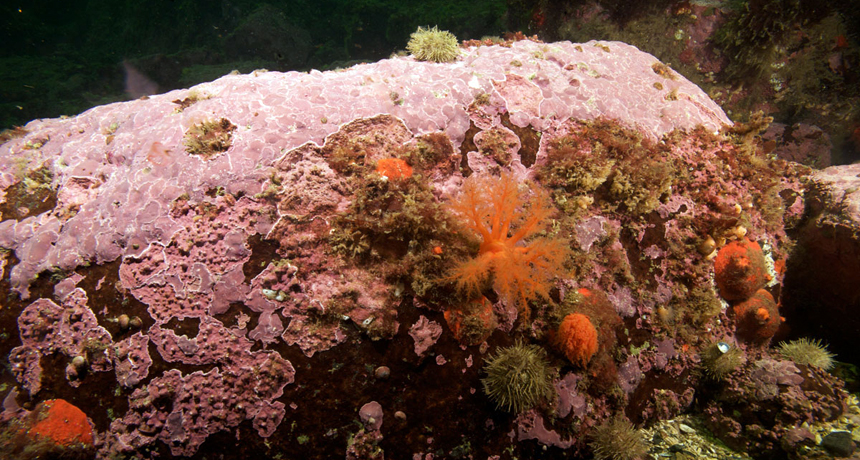Arctic algae crusts preserve climate data

Arctic algae (shown) can live for hundreds of years growing thick crusts that preserve records of sea-ice cover, seawater temperature and climate variability.
Courtesy of Nick Caloyianus

Arctic algae (shown) can live for hundreds of years growing thick crusts that preserve records of sea-ice cover, seawater temperature and climate variability.
Courtesy of Nick Caloyianus